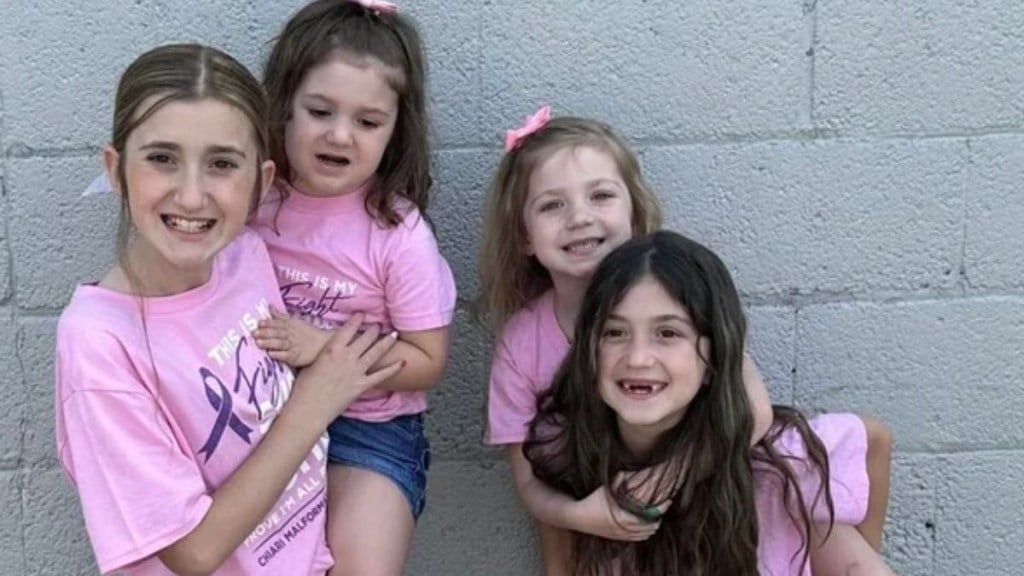Parents can sense when something is not right with their child, even before a report or a doctor confirms it. And this is exactly what happened with Paul and Ashlee Higginbotham, parents of six children, who had seen many normal childhood illnesses and tantrums before. But what they saw in their youngest daughter, Austyn, did not feel normal at all.
A baby who never looked happy
From the time Austyn was a baby, something seemed off. She never slept well. She cried non-stop for long hours. Her mother said she was “never smiling, never laughing” like other babies her age. As she grew, she showed mild delays in development and had a tremor in her hands.
Her parents knew this was not just a fussy baby phase. At 18 months, doctors ran genetic and brain tests. That is when they found out that Austyn had Chiari malformation, a rare brain condition.
What is Chiari malformation?
Chiari malformation is a condition where the structure of the skull is either too small or shaped incorrectly, causing the bottom part of the brain, known as the cerebellum, to be pushed downward into the spinal canal . The cerebellum’s main role is to control movement, balance, posture, and coordination, so when it is squeezed, even simple actions become painful or difficult.
According to the National Institute of Neurological Disorders and Stroke (NINDS), this compression can lead to symptoms including constant headaches, nerve pain, weakness, muscle problems, difficulty with balance and walking, and spine issues like scoliosis. In the most severe cases, Chiari malformation can even result in paralysis.
Brain surgery brought sudden change
Scans later showed that Austyn’s brain was putting pressure on her spine and blocking spinal fluid. She needed brain surgery to fix it. The family travelled from West Virginia to New York for the operation.
The surgery was successful. And the change was immediate. “She woke up smiling,” Ashlee told CBS News. “It was like the pain she always felt was gone.” For the first time, their baby looked truly relieved.
But this happy moment was short-lived. Just five days after Austyn’s surgery, another shock arrived, their 3-year-old daughter Amelia was diagnosed with the same condition. Not just Chiari malformation, she also had a tethered spinal cord. She needed surgery too.
Then their 7-year-old daughter, Aubrey, started behaving differently, she became very moody, withdrawn, and started getting repeated urinary infections. Tests confirmed she also had Chiari malformation.
By the end of the year, even their eldest daughter Adalee, who was 11 and had been complaining of leg pain for years, tested positive.
In total, four daughters from the same family needed surgeries for the same rare condition. Their mother said, “You hear of one child having it, maybe two. But four? We kept thinking, is this really happening?”
Doctors say this is ‘unbelievably rare’
Only around 10 per cent of Chiari malformation cases are genetic. So when four siblings in one family received the same diagnosis, doctors said it was almost unheard of.
Today, all four girls are recovering and doing much better. Their mother says they finally feel like they can breathe again.
“It is a relief to finally see the children healthy,” Ashlee said. “The doctor gave us our family back, and that is the most amazing gift anyone could give.”
Chiari malformation can hide behind normal-looking symptoms which include crying, mood swings, pain, or delays. Many children go undiagnosed for years. Doctors say if a child shows unusual headaches, nerve pain, balance issues, or sudden behaviour changes that don’t improve, you must see a doctor.
Disclaimer: Always seek the advice of your doctor with any questions about a medical condition.

